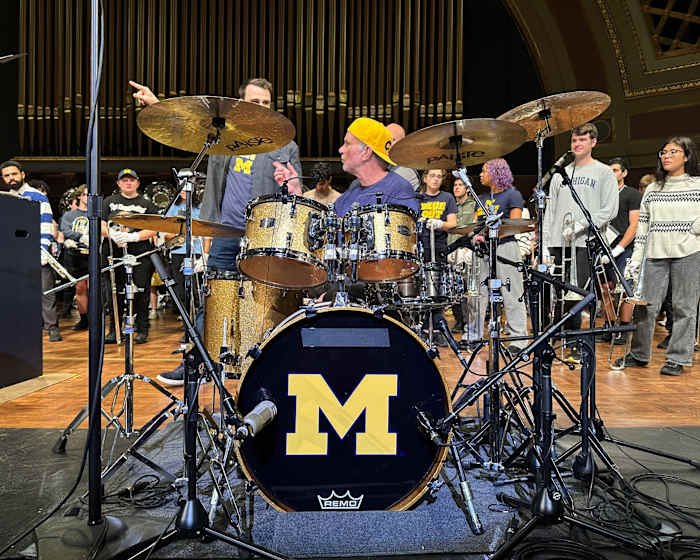Orlando, FL – The call for healthier, more transparent food is getting louder, and now, U.S. health officials are turning their attention to artificial colors in our food supply. This national movement has local implications, especially in a vibrant and diverse city like Orlando, where food culture is a celebrated part of daily life. As the push to remove artificial colors from food gains momentum, Orlando residents, businesses, and schools are left to consider how these changes could affect their health, their favorite snacks, and even the local economy.
Understanding Artificial Colors and Their Impact
Artificial colors, also known as synthetic food dyes, are chemicals added to foods and beverages to enhance their appearance. Common examples include Red 40, Yellow 5, and Blue 1, which can be found in everything from candies and cereals to bakery goods and sodas. While these colors make food more visually appealing, concerns have been raised about their potential health effects, especially in children. Some studies suggest links between artificial color consumption and hyperactivity, allergic reactions, and other health concerns.
For families in Orlando, where theme parks, festivals, and multicultural cuisines are part of everyday life, artificial colors are prevalent in everything from theme park treats to school lunches. The U.S. Food and Drug Administration (FDA) has regulated these additives for decades, but with new research and growing public concern, federal health officials are pushing for a reevaluation of their use in food products.
How the National Push Impacts Orlando Businesses
Orlando’s food scene is a major part of its identity, from local bakeries and cafes to the many restaurants serving tourists year-round. If artificial colors are phased out or banned, local business owners may need to adjust their recipes, source new ingredients, or even redesign their menus. While some eateries have already embraced natural coloring options—such as beet juice, turmeric, or spirulina—others may find the transition challenging, especially when it comes to maintaining the vibrant colors that attract customers.
Theme parks and resorts, some of the largest employers and attractions in Orlando, are also likely to feel the impact. Many iconic snacks and beverages rely on bright, artificial colors to create a memorable visual experience. As consumer demand shifts toward cleaner labels and natural ingredients, these businesses may need to innovate to keep visitors satisfied without compromising on safety or sensory appeal.
Orlando Schools and Family Concerns
For parents and educators in Orlando, the movement to remove artificial colors from food is especially relevant. School cafeterias often serve foods and drinks containing synthetic dyes, and many parents are concerned about the possible connection between these additives and behavioral issues in children. In fact, some local schools have already begun to reduce or eliminate artificial colors from their menus, opting for more natural alternatives and encouraging students to choose healthier snacks.
Local health advocates, including nutritionists and pediatricians, are weighing in on the conversation. “Parents should be aware of what’s in their child’s food,” says Dr. Maria Lopez, a pediatrician in downtown Orlando. “As more research emerges, it’s clear that reducing artificial colors is a step toward better health outcomes for our community.”
What Can Orlando Consumers Do?
As the debate over artificial food colors continues, Orlando consumers have more power than they might realize. Reading food labels, asking questions at restaurants, and choosing products with natural ingredients are all ways to influence the market. Several local grocery stores and health food shops now offer a wider variety of products free from synthetic dyes, making it easier than ever to make informed choices.
Community initiatives, such as local farmers markets and “clean eating” workshops, are also supporting the transition. These events provide education on reading labels and preparing foods with naturally derived colors, helping families make the shift away from artificial additives.
The Future of Food in Orlando
The push to eliminate artificial colors from the U.S. food supply represents a significant shift in how Americans—and Orlando residents—think about what goes on their plates. While the transition may present challenges for businesses and schools, it also opens the door to increased transparency, better health, and a renewed focus on natural ingredients.
With Orlando’s reputation as a culinary destination and a family-friendly city, the move towards cleaner food could have lasting benefits for both locals and visitors. As the conversation continues, it’s clear that Orlando will play an important role in shaping what the future of food looks like—not just in Central Florida, but across the country.
Conclusion
The national movement to remove artificial colors from food is making waves in Orlando, affecting everything from local businesses to school cafeterias and family kitchens. As our city adapts to these changes, it’s important for all of us to stay informed, ask questions, and advocate for healthier options. What do you think about the push to eliminate artificial colors in Orlando’s food supply? Share your thoughts and experiences in the comments below—let’s keep the conversation going!
















